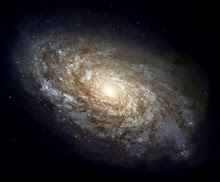A: The Flood of Noah’s day was the greatest catastrophe in earth history, and it involved much more than rain. It reshaped the surface of the earth, spawning massive volcanoes and earthquakes that dwarf anything observed in modern times. Such a tremendous catastrophe would have radically altered the earth’s climate, resulting in an Ice Age.
In general terms, an “ice age” is a time of extensive glacial activity that covers a relatively large area with ice. During the Ice Age, which ended a few thousand years ago, 30% of the land surface of the earth was covered by ice. In North America an ice sheet covered almost all of Canada and the northern United States.
We know the extent of the Ice Age because the glaciers left features on the landscape similar to features we observe around glaciers today, such as lateral and terminal moraines. A “lateral moraine” is a mound of rocks of varying sizes deposited to the side of a moving glacier, and a “terminal” or “end” moraine is a mound of rocks dumped in front of the glacier.
Two particular aspects of the Flood were instrumental in causing the Ice Age: (1) extensive volcanic activity during and after the Flood, and (2) the warm oceans following the Flood.
To learn more about the cause and extent of the Ice Age, see Setting the Stage for an Ice Age.
News to Note Quick Look
Sticking its neck out: The supposed missing link Tiktaalik is back in the news again, rearing its ugly “evolutionary” head on the supposed transitional element of a mobile neck. Read more.
Shopping for fossils: The world’s oldest (allegedly) fossilized impression of a flying insect wasn’t found in a rock quarry in an exotic setting; it was found behind a strip mall in suburban Massachusetts. Read more.
This information was provided by Answers In Genesis, an excellent source of material relating to Creation and evolution. Please visit their website using the link in the upper left.
Subscribe to:
Post Comments (Atom)


No comments:
Post a Comment